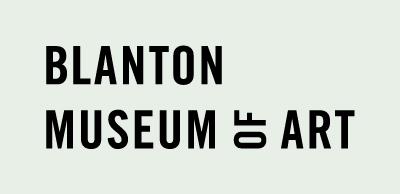Grünes Kreuz IV
Arnulf Rainer is an anti-establishment figure who has nevertheless become one of the most revered twentieth-century Austrian artists. He dropped out of two different art schools in Vienna, the first after one day of classes, and the second after three days. Working to create art in the post-World War II European landscape, Rainer rejected traditional modes of artmaking as well as his peers’ turn toward Surrealism. Instead, Rainer forged a unique path of creation through destruction. He started painting blindfolded, and then used his feet, fingers, and broken paintbrushes to paint over his—and others’—extant pieces with monochrome colors.
Rainer also began to explore the subject of the cross. Here, he used a sharp, needle-like tool to scratch into the surface of an aluminum plate, a technique called drypoint. Drypoint is a fugitive printmaking process: because the metal plate wears down during the printing process, only about two dozen impressions will display full evidence of the intensity with which the surface was scratched. The Blanton’s impression is an extraordinary example of an early drypoint impression, with the green ink deeply impressed into the dense and roughly hacked lines overwhelming the simple, even outline of a cross.







![La Femme aux figues [Woman with Figs]](/internal/media/dispatcher/16612/thumbnail)






![Das Schloss Prediama in Crein XII Stund: von Triest [Predjama Castle in Carniola, Twelve Hours from Trieste]](/internal/media/dispatcher/15959/thumbnail)
